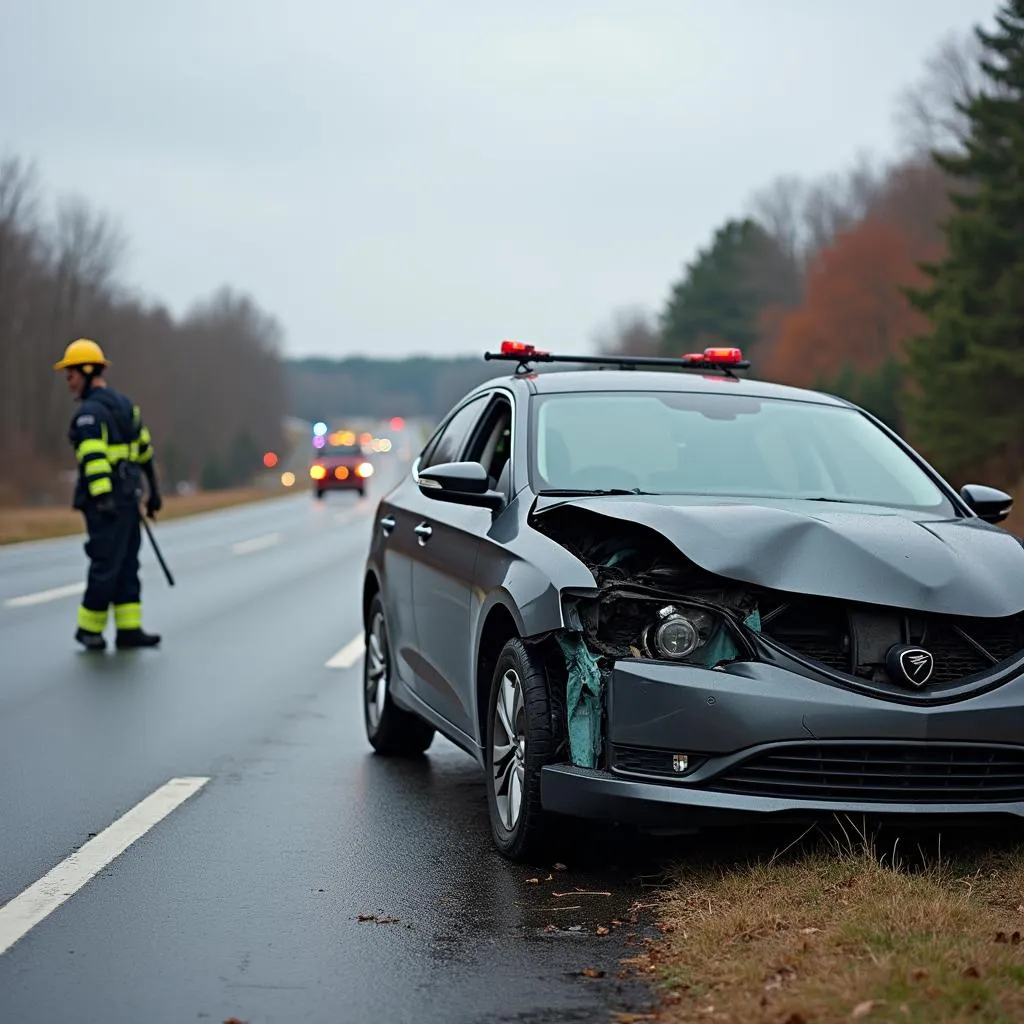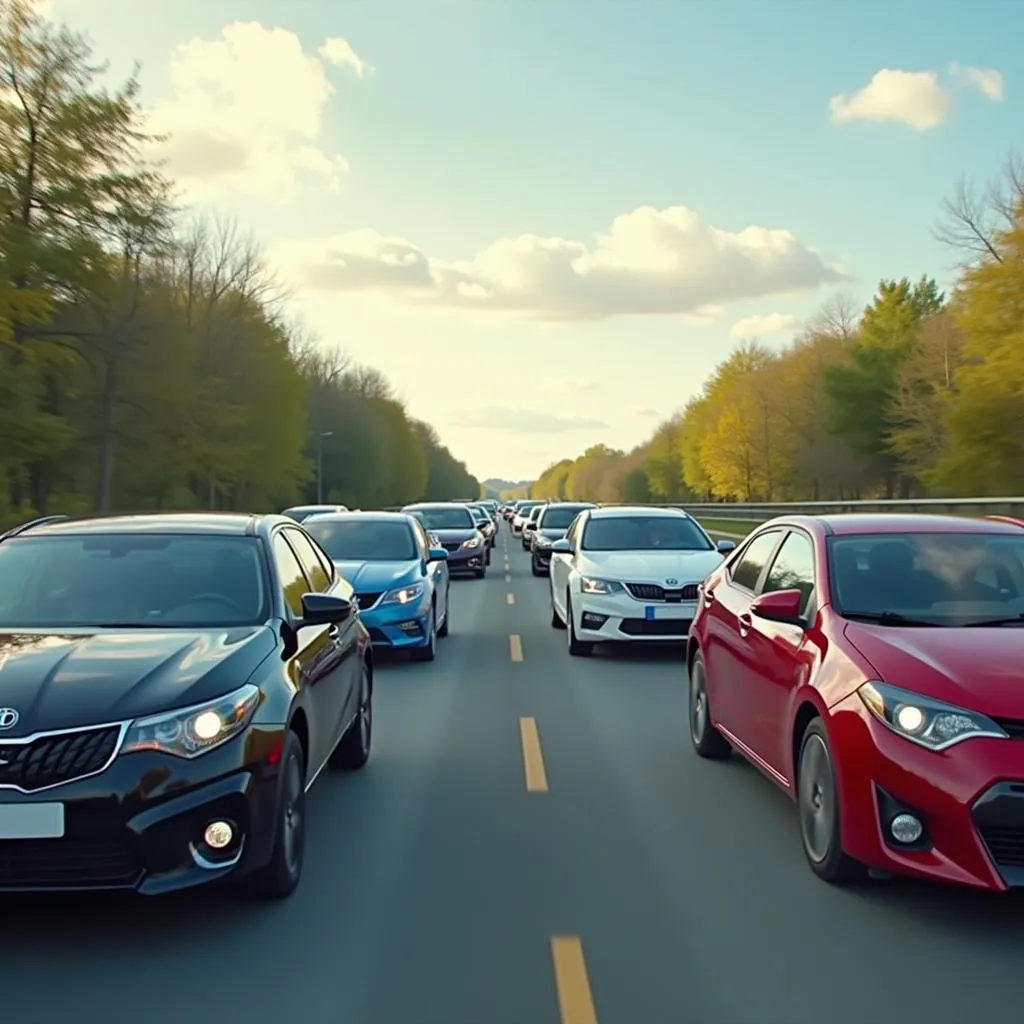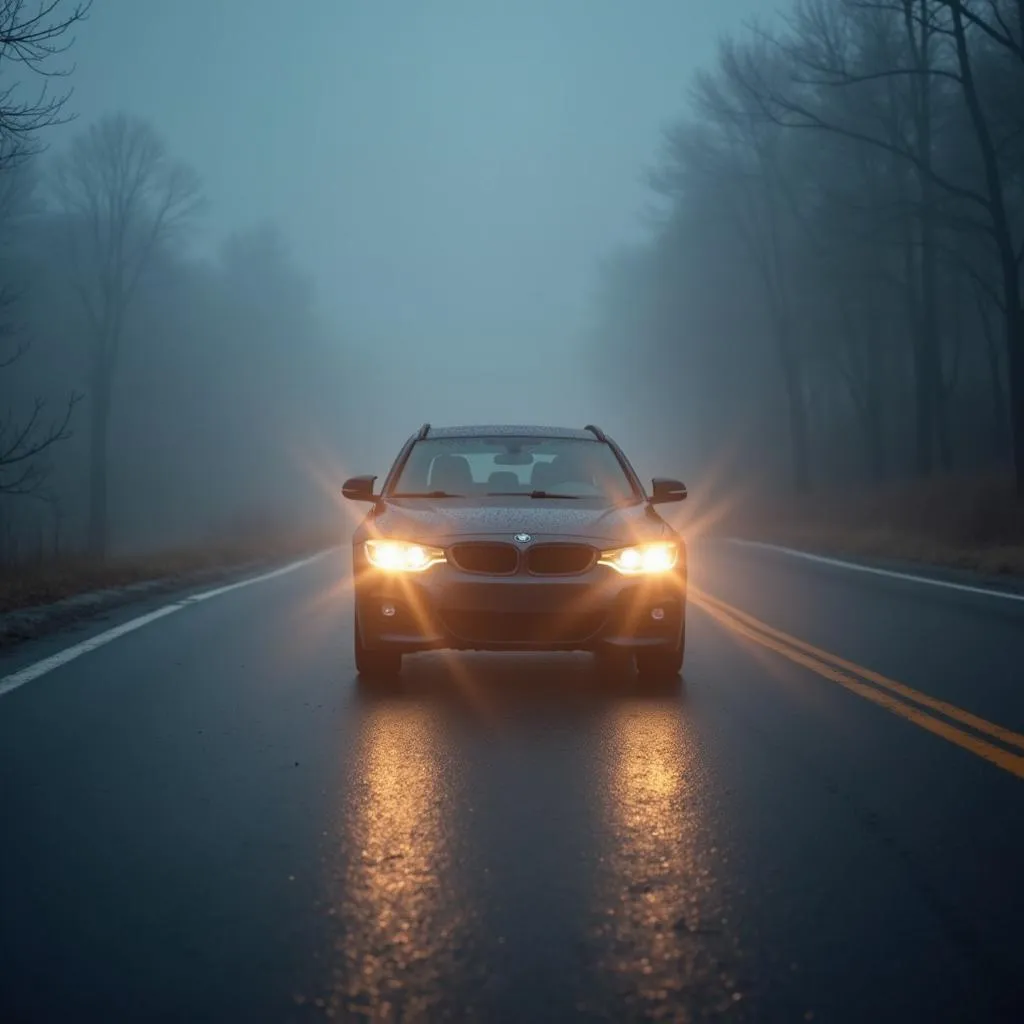You’re cruising down the highway, enjoying the scenery, when suddenly you see it – a crumpled car on the side of the road. It’s a sobering reminder that accidents can happen to anyone. But have you ever wondered if the color of your car could play a role? While it might seem far-fetched, there’s actually been quite a bit of research on the link between car color and accident rates. So, buckle up as we delve into the fascinating world of car color and safety!
Debunking the Myth: Is There Really a “Dangerous” Color?
For years, the rumor mill has churned with claims that certain car colors, like red, are more likely to be involved in accidents. The reasoning often goes that bright colors attract more attention, making them more susceptible to collisions. However, before you rush to repaint that fiery red sports car, let’s take a closer look at the evidence.
Numerous studies have investigated this supposed correlation, and the results are surprisingly inconclusive. Some studies have shown a slight increase in accident risk for specific colors, while others have found no significant link. The truth is, attributing accidents solely to color is a vast oversimplification.
 Car accident on the highway
Car accident on the highway
Factors That Matter More Than Color
While car color might not be the deciding factor in an accident, several other elements play a much more significant role. Here are some of the primary culprits:
- Driver Behavior: This is the big one. Distracted driving, speeding, driving under the influence, and aggressive driving are far more likely to cause accidents than the color of your vehicle.
- Visibility Conditions: Driving in low-light conditions, fog, rain, or snow significantly reduces visibility, increasing the risk of accidents regardless of car color.
- Vehicle Type and Size: Larger vehicles like SUVs and trucks tend to offer more protection in a crash, while smaller cars can be more vulnerable.
- Road Conditions: Slippery roads, potholes, and poorly lit streets can all contribute to accidents.
The Color of Safety: What the Research Says
While there’s no definitive answer to the “most dangerous” color, some studies suggest that cars with lower visibility might be slightly more prone to accidents. This could include:
- Darker colors like black, dark gray, and dark blue can be harder to see in low-light conditions.
- Colors that blend in with the environment, such as green or brown, might be less noticeable.
 Cars of various colors driving on the road
Cars of various colors driving on the road
On the other hand, brighter colors like white, silver, and yellow are often perceived as more visible. However, it’s crucial to remember that visibility is influenced by various factors, including weather conditions and time of day.
Driving Safe: Tips for Every Color
Regardless of your car’s color, prioritizing safety should always be your top priority. Here are some essential tips for staying safe on the road:
- Practice Safe Driving Habits: Obey traffic laws, stay alert, avoid distractions, and maintain a safe distance from other vehicles.
- Ensure Your Car is Visible: Keep your headlights on in low-light conditions and use your turn signals properly.
- Be Aware of Your Surroundings: Pay attention to other cars, pedestrians, and road hazards.
- Maintain Your Vehicle: Regular maintenance, including checking your brakes, tires, and lights, is crucial for safe driving.
 Car driving with headlights on in foggy conditions
Car driving with headlights on in foggy conditions
Beyond Color: Choosing the Right Car for You
Ultimately, the “safest” car color is the one that allows you to drive safely and responsibly. When choosing a car, consider factors like safety features, crash test ratings, and your personal comfort level.
Remember, while car color might be a fun topic of discussion, it’s essential to focus on the factors that truly make a difference in road safety. Drive smart, be aware, and enjoy the journey!

